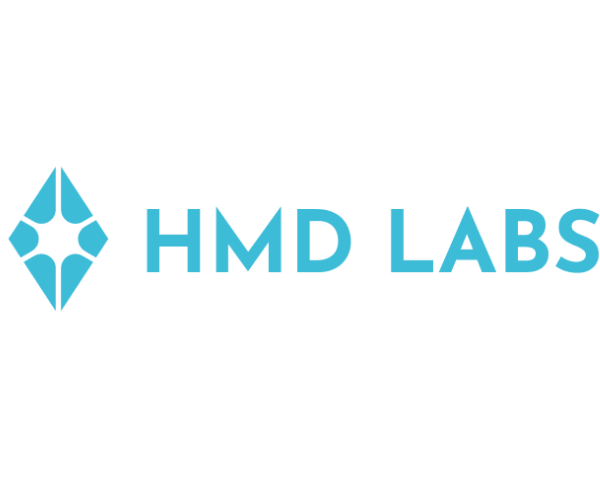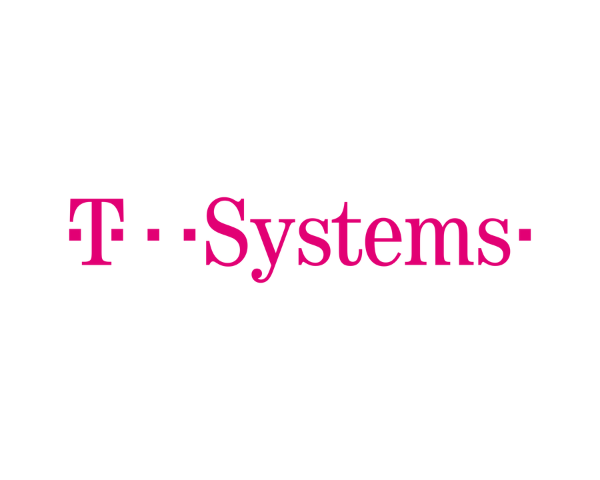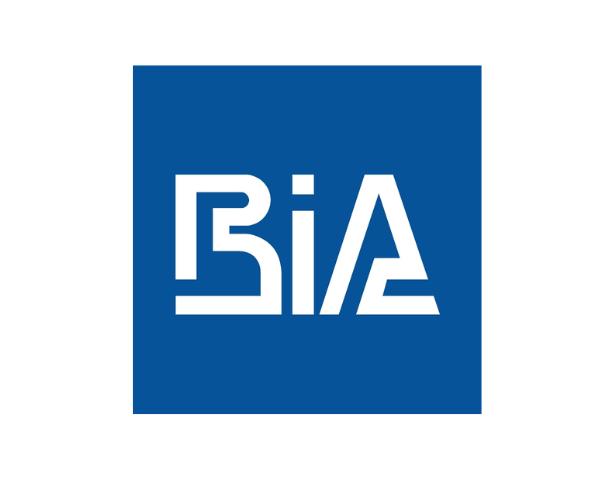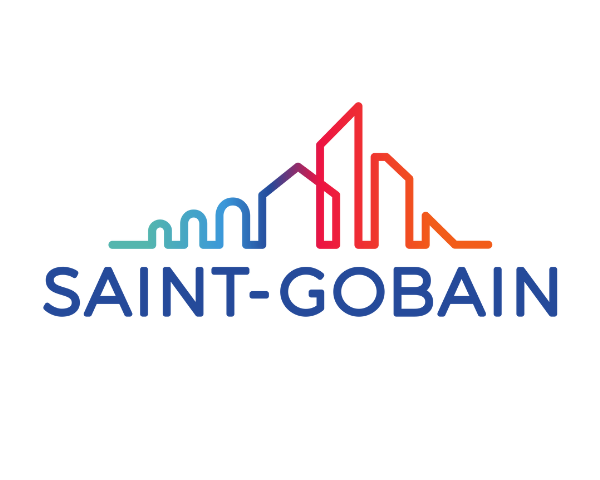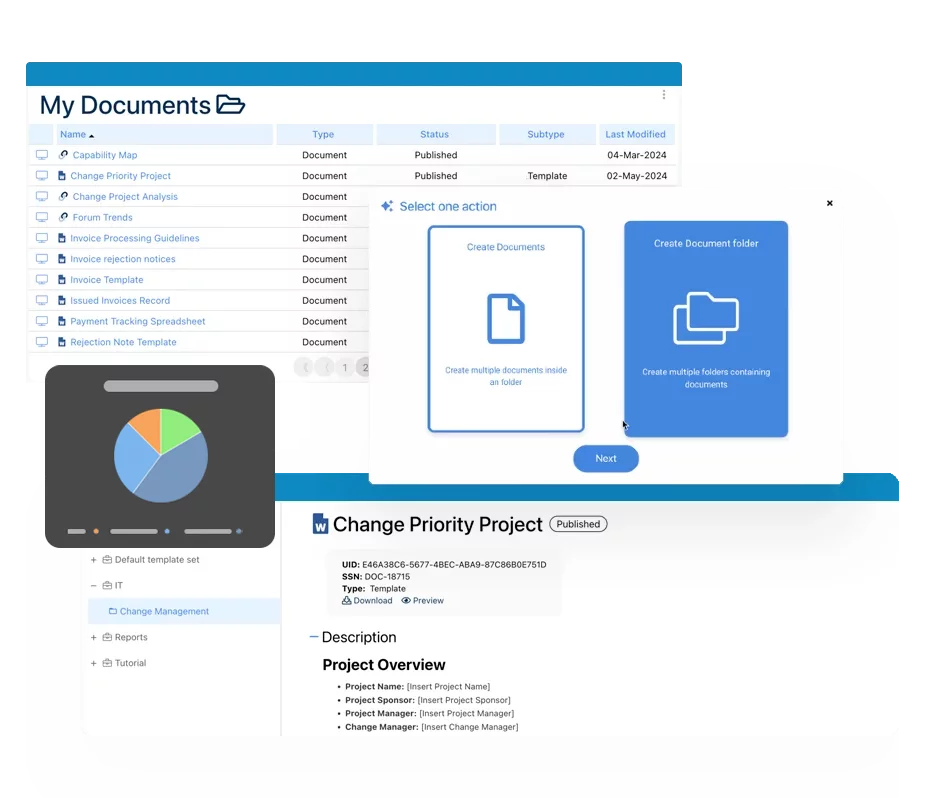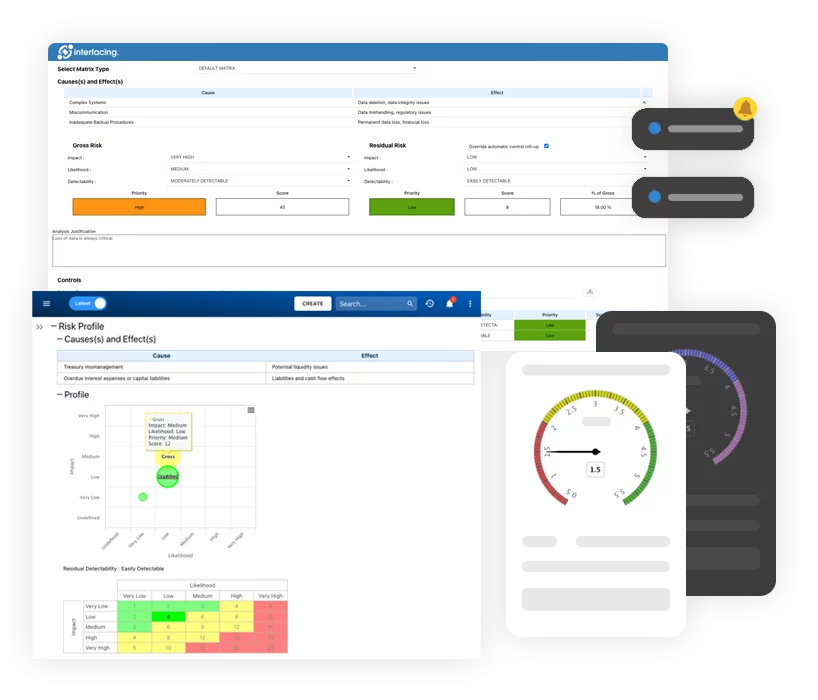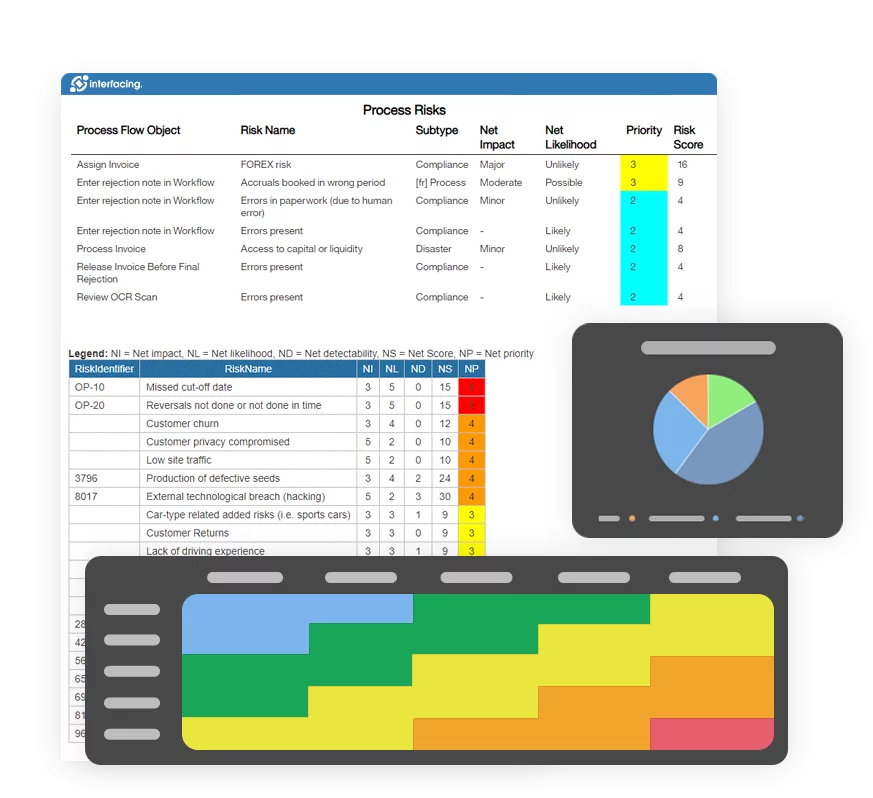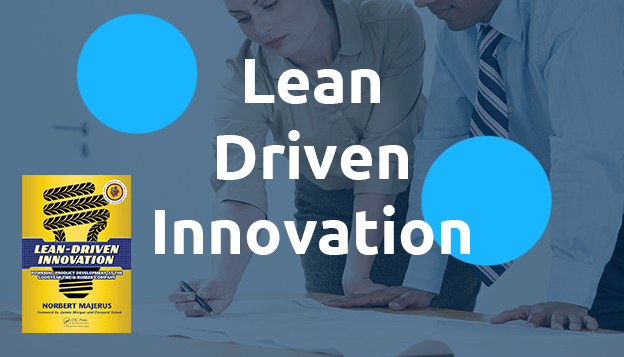INTRO
COMMON PRACTICES
An absurd story? Absolutely, but if you work in corporate IT instead of home construction, then this is – even more absurdly – common practice. In corporate IT we buy of-the-shelf applications and shoehorn them into a collection of existing applications and wonder why it doesn’t fit comfortably. We buy ERP systems and bend and stretch them to fit our processes, and are surprised when the bending and stretching results in breaking and shearing. We build our own custom solutions while wearing the horse blinders of scope control and are amazed when we discover gaps, overlaps and poor communication with other applications.
If we go back to the parable, a good team of construction workers would know they were building a house. The mason is aware that he is not just building a wall, the carpenter knows he is not just making a door- or window-frame, the plumber recognizes he is not just soldering water pipes: they understand that they are each performing tasks related to building a house, tasks they have been trained for and are good at. They understand that it is not the quality of their individual efforts that counts, but that the appreciation lies in how much each workman’s effort and artefact is aligned, adjusted and calibrated to all other efforts and artefacts to contribute to the house as a whole.

We tend to forget that in corporate software the same principles apply. Programmers must realize that they do not produce programs, software designers must understand that they do not produce designs, analysts must understand that the goal of their job is not to analyze; they must know that they perform all these tasks in order to add a fitting contribution to an integrated application network. The individual contributions do not support the business processes, but an integrated application network built upon effective collaboration between applications does. This makes communication, harmonization, coordination and administration in these applications the most important aspects of software development. The quality of the individual applications, and the technology and techniques that have been used, are of no importance if the application network as a whole is not satisfactory.
If we are to create a piece to fit into a puzzle, we need to define how the piece is going to fit into the puzzle before we can start creating the piece. Astonishingly, we all too often forget this principle in corporate IT. We build or buy solutions first, then ask the integration people to fit that piece into the puzzle of existing solutions. It is obvious that this is not way to achieve a quality application network. As the famous Finnish architect Eliel Saarinen taught us over a century ago, the secret to a successful design is: “Always design a thing by considering it in its next larger context – a chair in a room, a room in a house, a house in an environment, an environment in a city plan.“ Complexity science was unknown in Saarinen’s time, but the fractalic nature of his remark is one of the keys of complexity.
Our whole education and training has been aimed at an analytical approach: from a high level, dive into details by dividing a complicated problem into less complicated components, divide those into even simpler subcomponents, and so on until your sub-issues become trivial to solve. We have invented nice words for this approach, like ‘componentization’, ‘implementation-hiding’ and ‘black-box architecture’. We hide the difficult stuff behind simple facades. It is an approach that over time has worked very well for mechanistic, predictable systems, and it still does, but it’s no longer enough. What is missing is how we are going to make the subcomponents work together as a whole: the synthetical approach.
CONCLUSION
Dividing a system into components and subcomponents introduces another phenomenon: dependencies and interdependencies. When not very carefully managed, the increase in (inter)dependencies have the potential to explode the complexity exponentially, resulting in uncontrollable, unpredictable complex systems. This is another key feature in complexity science. The synthetical approach is all about understanding complexity and managing (inter)dependencies, not just in technology aspects, but especially in dynamic processes and data lifecycle aspects.
In a world where the speed of change is increasing astronomically (for instance, compare ICT changes that took place between 1968 and 1978 to those that have taken place between 2008 and now!), systems are no longer simple and predictable. In today’s volatility and dynamics, the synthetical approach has become just as important as the analytical approach, and you will need both to address the complexities and uncertainties of today’s IT solutions. The devil lurks in the details, but quality hides in the whole.
The book Integration Architecture: beyond technology explores how to design your application and integration solutions to build an application network that can optimally support your business processes. It does not zoom in into the details of integration solution design (the analytical viewpoint), instead it zooms out to examine how applications can be harmonized and coordinated to contribute to a whole (the synthetical viewpoint). It demonstrates the benefits of moving away from static data modeling towards dynamic data lifecycle modeling, and explains the importance of business process modeling over requirements gathering. It will make the difference between a well-integrated application network and an incident-ridden collection of systems and applications that are glued together with an assortment of integration solutions.
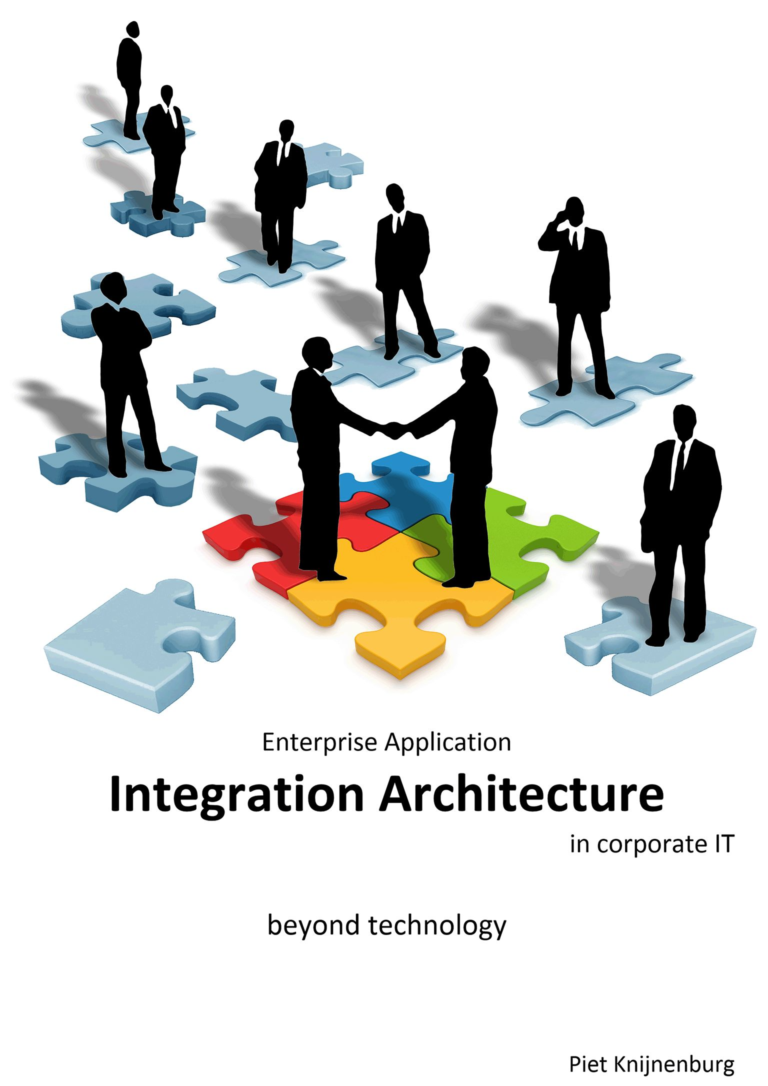

IT Architect, Author
Why Choose Interfacing?
With over two decades of AI, Quality, Process, and Compliance software expertise, Interfacing continues to be a leader in the industry. To-date, it has served over 500+ world-class enterprises and management consulting firms from all industries and sectors. We continue to provide digital, cloud & AI solutions that enable organizations to enhance, control and streamline their processes while easing the burden of regulatory compliance and quality management programs.
To explore further or discuss how Interfacing can assist your organization, please complete the form below.

Documentation: Driving Transformation, Governance and Control
• Gain real-time, comprehensive insights into your operations.
• Improve governance, efficiency, and compliance.
• Ensure seamless alignment with regulatory standards.

eQMS: Automating Quality & Compliance Workflows & Reporting
• Simplify quality management with automated workflows and monitoring.
• Streamline CAPA, supplier audits, training and related workflows.
• Turn documentation into actionable insights for Quality 4.0

Low-Code Rapid Application Development: Accelerating Digital Transformation
• Build custom, scalable applications swiftly
• Reducing development time and cost
• Adapt faster and stay agile in the face of
evolving customer and business needs.
AI to Transform your Business!
The AI-powered tools are designed to streamline operations, enhance compliance, and drive sustainable growth. Check out how AI can:
• Respond to employee inquiries
• Transform videos into processes
• Assess regulatory impact & process improvements
• Generate forms, processes, risks, regulations, KPIs & more
• Parse regulatory standards into requirements

Request Free Demo
Document, analyze, improve, digitize and monitor your business processes, risks, regulatory requirements and performance indicators within Interfacing’s Digital Twin integrated management system the Enterprise Process Center®!
Trusted by Customers Worldwide!
More than 400+ world-class enterprises and management consulting firms






















